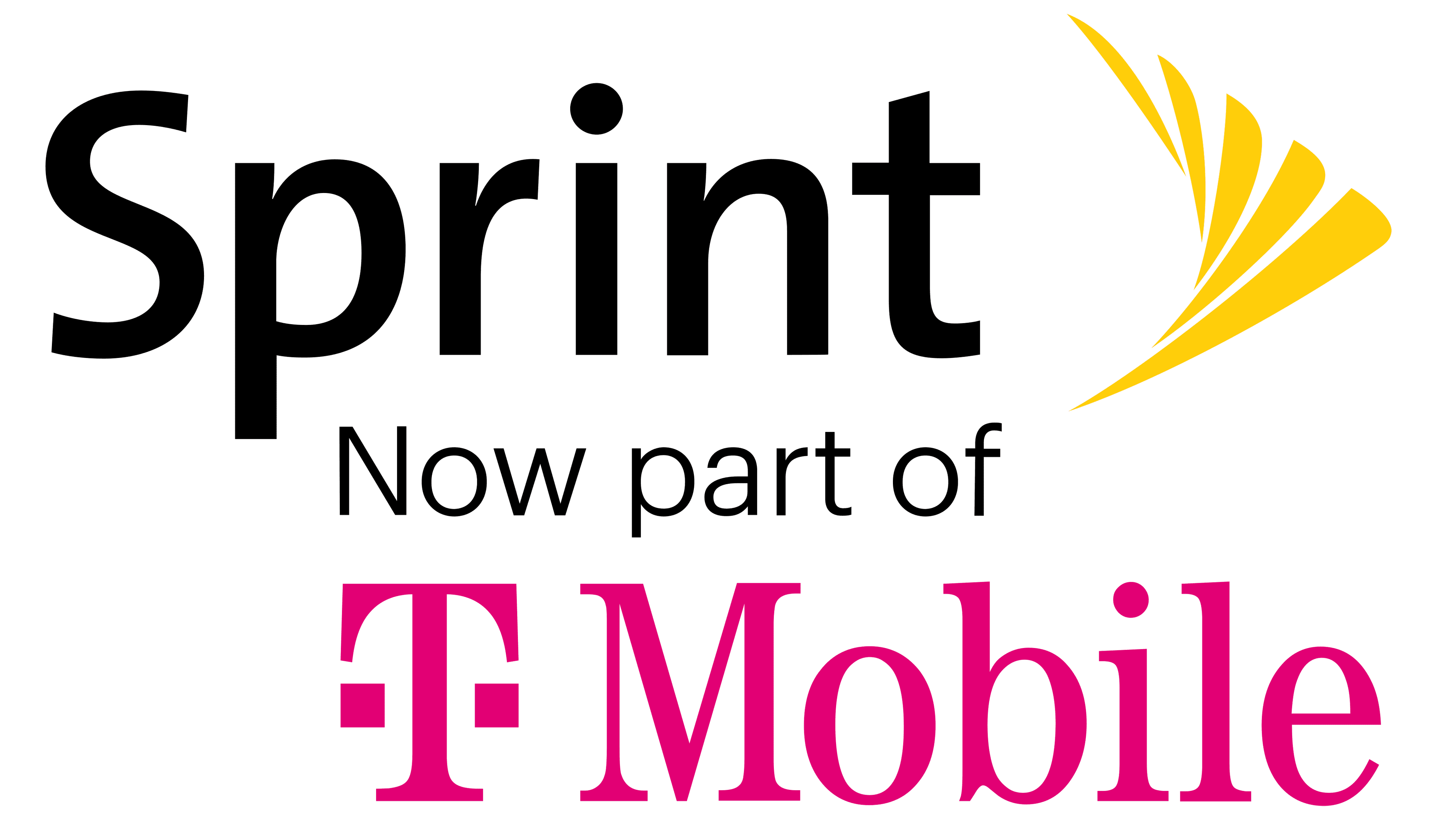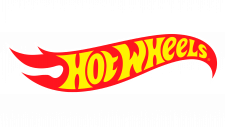Sprint Logo
Sprint emerged from the innovative minds in the United States, aiming to redefine telecommunications. The creator’s vision focused on enhancing connectivity across vast distances. Initially, Sprint’s foundation lay in overcoming the communication barriers that existed, offering solutions tailored for seamless information exchange. This initiative quickly evolved, setting a new standard in the telecom industry, recognized for its pioneering approach to bridging communication gaps.
Meaning and History
The inception of Sprint dates back to 1899, marking its journey in the telecommunications realm. Initially, it served as a tool for railroad communications, evolving significantly over the years. In 1986, it made a monumental leap by introducing the first nationwide fiber-optic network, setting a new precedent for speed and clarity in communications. Another landmark year, 2005, saw Sprint merging with Nextel, expanding its reach and capabilities. Throughout its history, Sprint has been synonymous with innovation, adapting to technological advancements and changing consumer needs.
What is Sprint?
Sprint is a telecommunications company known for its significant contributions to mobile and internet services. It has played a pivotal role in developing and expanding the reach of wireless communication. Through its innovative solutions, Sprint has consistently aimed to enhance the way people connect, communicate, and access information.
1972 – 1991
The logo presents a grid of black squares on the left, suggesting structure and connectivity. Next to this, bold, sans-serif typography spells out “United Telephone System.” The text is stark, confident, and easily legible, speaking to the brand’s straightforward approach to communication. The design exudes a sense of order and reliability, embodying the company’s dedication to providing structured and dependable telecommunications services.
1986 – 1991
This logo shifts dramatically from its predecessor, introducing a dynamic red diamond, flanked by speed lines. “US Sprint” now adorns the right, with “US” in a smaller, bold font above the larger, elegant “Sprint”. The design conveys speed and innovation, the red symbolizing energy and passion. The sleek lines within the diamond imply motion, encapsulating the brand’s commitment to rapid, forward-moving communication technology. The text’s sophistication contrasts with the graphic’s momentum, creating a balanced, modern visual identity.
1991 – 1995
In this evolution of the logo, the “US” has been removed, focusing solely on “Sprint” in a classic, serif typeface. The graphic element, a red diamond with motion lines, remains, suggesting speed and efficiency. This streamlined brand identity highlights the name “Sprint” as a standalone symbol of swift connectivity and service. The design reflects a commitment to simplicity and directness in a fast-moving digital age.
1995 – 2005
The logo retains its recognizable red diamond and speed lines, yet introduces a color shift in typography from black to a muted grey. The font style of “Sprint” maintains its serifs, projecting a blend of tradition and modernity. This subtle change suggests a more sophisticated, technology-oriented brand moving with the times while keeping its core values steady. The grey color choice might reflect a more corporate, mature evolution of the company’s brand identity.
2005 – 2020
This logo signifies a bold rebranding, with the red diamond and lines replaced by a yellow pinwheel design. “Sprint” is now in a sleek, sans-serif typeface, signaling a modern, dynamic company. The yellow pinwheel symbolizes energy, optimism, and a forward-thinking approach to telecommunications. This refreshed identity marks a departure from traditional imagery, embracing a more contemporary and vibrant aesthetic.
2020
The logo now features a new statement: “Now part of T-Mobile,” indicating a significant corporate transition. The “Sprint” typeface remains unchanged, but the inclusion of T-Mobile’s iconic magenta branding beneath represents the merger of the two entities. The yellow pinwheel motif stays, yet it now symbolizes the integration of Sprint’s legacy with T-Mobile’s identity. This addition heralds a new chapter, blending Sprint’s history with T-Mobile’s vibrant future.

















